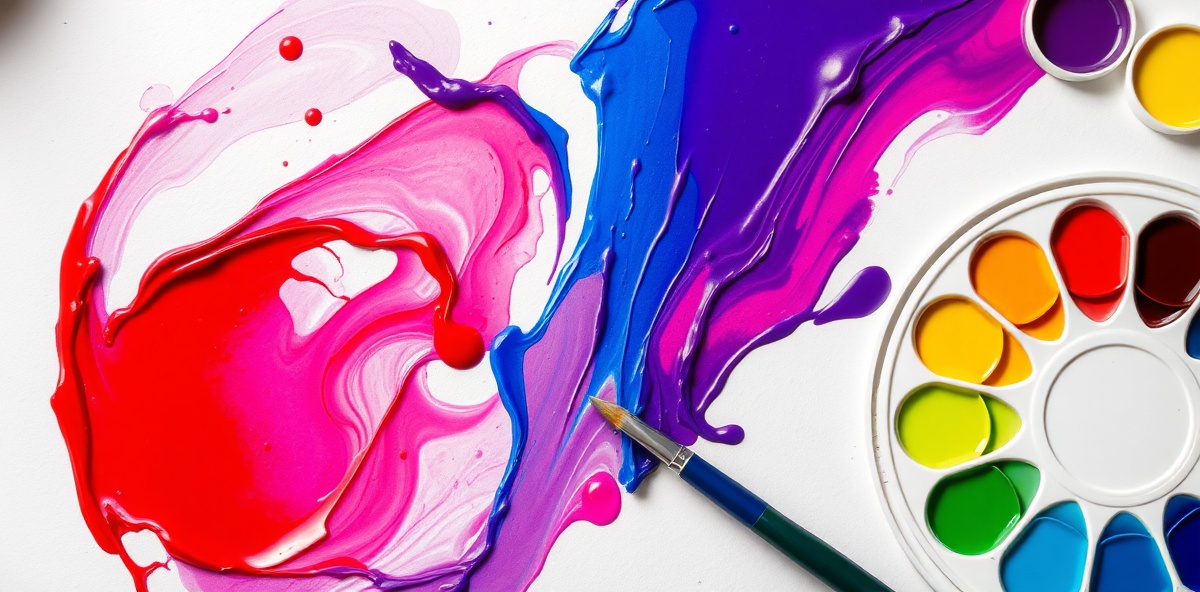
How to Make Purple Colour at Home
Master the art of creating beautiful purple shades using paint, light, and natural dyes
Purple is one of the most versatile and beloved secondary colors, created by combining red and blue in the right proportions. Whether you're painting, crafting, designing, or working on fashion projects, understanding how to make purple opens up endless creative possibilities. From deep royal purples to soft lavender tones, this comprehensive guide will teach you multiple methods to create purple using everyday materials at home.
The beauty of purple lies in its wide range of shades and tones. By adjusting the ratio of red to blue, adding white or black, or using different base colors, you can create everything from vibrant magenta to subtle violet. This guide covers three main approaches: traditional paint mixing, light-based color creation, and natural dye extraction from plants.
Paint Mixing Method
Basic Purple Recipe
Step-by-Step Instructions
- 1Prepare your workspace: Use a clean palette or mixing surface. Have brushes and water ready for cleaning.
- 2Place equal amounts: Put small, equal amounts of red and blue paint on your palette, keeping them separate initially.
- 3Mix gradually: Use a clean brush to slowly blend the colors together, starting from the center.
- 4Test and adjust: Test your purple on paper. Add more red for magenta or more blue for violet.
Pro Tips for Paint Mixing
- • Use primary colors (true red and blue) for the purest purple
- • Mix small amounts first to test the shade
- • Clean your brush between colors to avoid muddy results
- • Different paint brands may produce slightly different purples
Purple Shades & Variations
Pure Purple
1:1 Red + Blue
Equal parts red and blue for classic purple
Violet
1:2 Red + Blue
More blue for a cooler, violet tone
Magenta
2:1 Red + Blue
More red for a warmer, magenta tone
Lavender
Purple + White
Add white to purple for pastel shade
Deep Purple
Purple + Black
Add tiny amount of black for deeper tone
Expert Tips & Tricks
Color Mixing Tips
- Always start with lighter colors and add darker ones gradually
- Use a color wheel to understand color relationships
- Test your mix on paper before using in your project
- Keep notes of successful color ratios for future use
Common Mistakes to Avoid
- Don't mix too many colors at once - it creates muddy results
- Avoid using dirty brushes or palettes
- Don't add black to make purple darker - use less paint instead
- Avoid mixing complementary colors (orange with purple)
